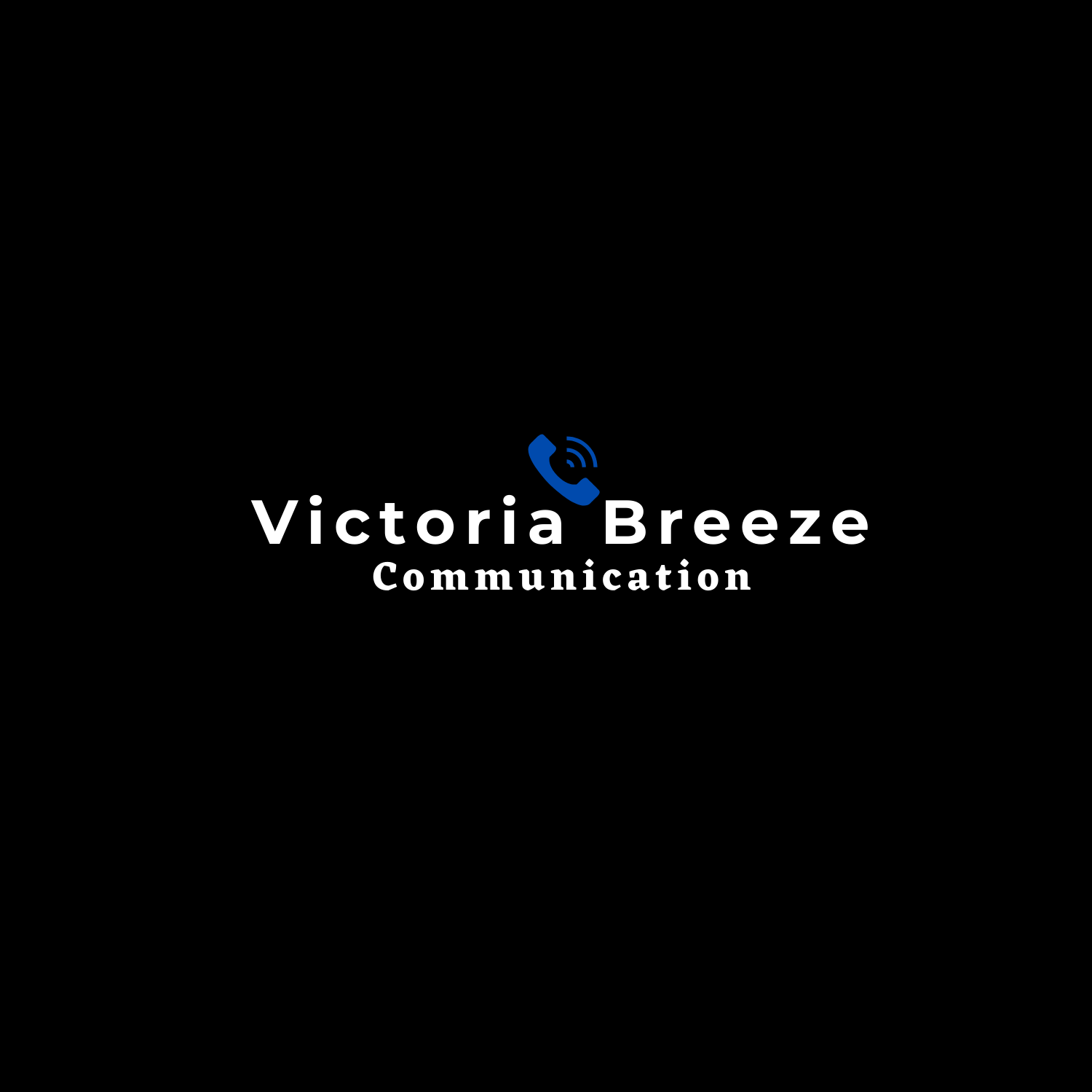
Crisis communication plan prepares the messages that will be communicated to those affected by the crisis including employees and families as well as stakeholders and members of the media.
Crisis communication plan means that a business must be able to respond promptly, accurately and confidently during an emergency in the hours and days that follow.
Many different audiences must be reached with information specific to their interests and needs. The image of the business can be positively or negatively impacted by public perceptions of the handling of the incident.
Once you’ve decided to buy insurance or to prepare a crisis communication plan, another sensible precaution is to prepare for the worst case scenario. Just as wise car-owners get enough insurance to cover medical bills for several injured people and totally demolished vehicles, wise PR practitioners should plan to handle the worst possible crisis that could strike their organization.
That way they’ll be prepared to cope with a big disaster or less-serious incidents. It is easy to scale-back and handle minor problems if you’re prepared for big ones, but it can be awful to try to manage something worse than you anticipated.
Crisis communication plan checklist; by Nabitali Victoria Bbosa
1. Identify potential risks.
No matter how well thought-out your crisis communication plan is, there are always going to be pros and cons. Naturally, you’ll stick with the plan that maximizes benefits while minimizing costs. However, the costs are still important to consider.
2. Identify and assess example crisis scenarios.
When a crisis does happen, you will likely feel overwhelmed. Your mind will race and you will feel pressured to respond to phone calls, social media mentions, and media inquiries.
This is why it’s best to outline common scenarios in advance. Some types of crises that may affect your organization are natural disasters, disruptions in normal business functions, customer or employee injuries, and product tampering.
3. Identify the goal of the plan.
4. Identify stakeholders.
When writing the crisis communication plan, it’s important to know who the plan is designed for. Outline a list of all stakeholders you would want to keep informed about the crisis.
This list probably includes employees, customers and users, partners, investors, media outlets, the government, and the general public. The latter likely includes social media followers or people located nearby in the event of a location-based crisis. You should also add all necessary contact information for each of these groups in your plan.
5. Assign people to create fact sheets.
Your plan should detail which people on the team are in charge of creating fact sheets about the crisis. Fact sheets are lists of known facts pertaining to the crisis. They prevent rumors or misinterpretations from spreading to media outlets.
Additionally, you should set a deadline for when these fact sheets will be prepared. Depending on the crisis, you may need them within 24 hours, six hours, or even 30 minutes.
Crisis communication plans can help you identify and answer questions that you can expect to be asked during your crisis scenarios. For instance, if a natural disaster strikes your headquarters, some questions you may get asked are, “Was anyone injured in the incident?” and “How long will it take for the business to return to normal functionality?”
Under each plan, you should list out the potential risks you will face. That way, if the plan does backfire, you won’t be caught off guard. You will have prepared yourself and aid out steps for recuperating from these additional losses.
This order depends on the structure of your team. The first step may be to notify the CEO or president of the organization, followed by the head of communications or public relations.
The plan should also constitute what information should immediately be disclosed to these parties. This might include known details about the crisis, the source of the incident, and any existing backlash.
